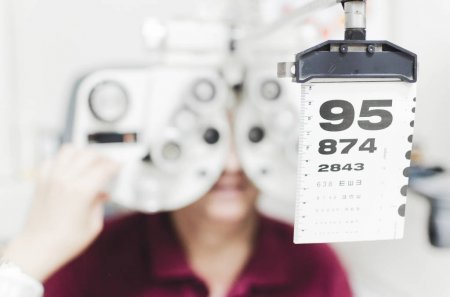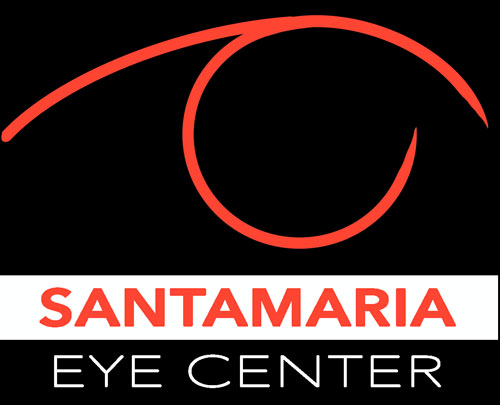The LASIK Evaluation Process
Do you want to know what to expect when coming for a LASIK evaluation?
Usually, this process takes about an hour and a half, since the patient will have to go through some preliminary tests and the pupils will be dilated. For this reason, it is good practice to have someone else drive the patient back home. Also, if the patient wears contact lenses it is advisable to stop wearing them 3 weeks before the evaluation.
When the patient comes in they will first see a technician, who will perform the initial work-up and testing that will assist the doctor in determining if the patient is a good candidate for LASIK.
The technician will first do a corneal topography. This test will map the curvature of the patient’s cornea. The technician will then take the patient to the auto-refractor, a machine that automatically determines the patient’s initial prescription. Also, if the patient is wearing glasses, these will be measured.
The next step is to take the patient’s medical history, including any ocular symptoms that may be relevant to the exam. The patient is then refracted to see if there has been any significant change in the prescription. After this, drops are instilled to dilate the pupils. While waiting for dilation, they will watch a video that explains the LASIK procedure and answer a brief questionnaire.
After the pupils are dilated, a process that takes about 20 minutes, the patient will be refracted again. This is called cyclopegic refraction. With this done, the patient is ready to see the doctor.
Dr. Santamaria will do a comprehensive exam of the patient’s eyes, looking into the anterior chamber and the retina to see if there is any condition that would prevent the patient from qualifying for LASIK. He will do a corneal pachymetry, which measures the cornea’s thickness, an important factor in meeting the requirements for LASIK. Ideally, LASIK candidates will have corneas 545 microns thick or more.
Finally, Dr. Santamaria will have a detailed discussion with the patient as to whether or not they meet the criteria for LASIK. Dr. Santamaria will explain the reasons why they are not able to have the surgery, or he will go into detail about the LASIK process and what to expect during and after surgery.
One thing that plays a role in the evaluation process is if the eyes are dry. Dry Eye Syndrome is manifested in the cornea and a patient should not have LASIK surgery until this is resolved.
LASIK and Presbyopia
Working Hours
MONDAY
9:00 AM – 4:00 PM
TUESDAY
9:00 AM – 4:00 PM
WEDNESDAY
9:00 AM – 4:00 PM
THURSDAY
9:00 AM – 4:00 PM
FRIDAY
9:00 AM – 4:00 PM
SAT / SUN
CLOSED
BOOK APPOINTMENT
CUSTOMER REVIEWS
Dr. Santamaria was very patient and comforting during the entire process. I was reassured multiple times that my eyes were healthy enough for LASIK. During the procedure, he and his assistant made sure I was comfortable and made the process painless. I have had no issues since the surgery and wouldn't think twice about recommending Dr. Santamaria!
SUVOJIT C.
I couldn't be happier with the results. Many thanks to Dr. Santamaria and his staff.
MICHAEL B.
I could not be happier with the results of my surgery. I have perfect vision and no side effects. I feel like a new woman, not having to wear glasses. Dr. Santamaria is not only efficient, he is very warm and caring and provides the best treatment to all his patients.
DONNA V.
Patient Education

Are You A Candidate |

What You Need To Know About LASIK? |

Refractive Errors |

The LASIK Procedure |

Frequently Asked Questions |
